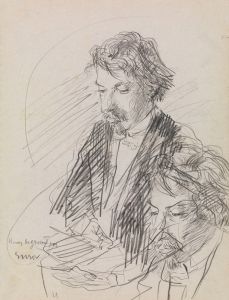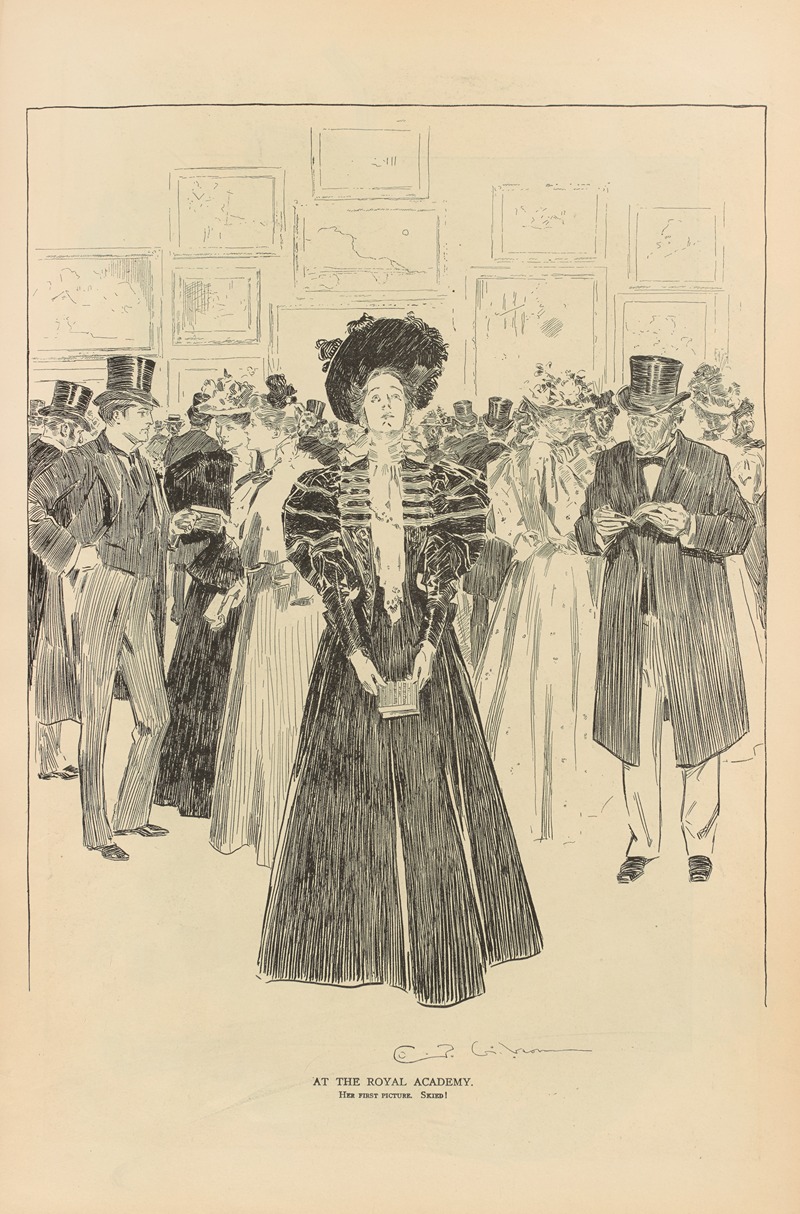
At the royal academy
A hand-painted replica of Charles Dana Gibson’s masterpiece At the royal academy, meticulously crafted by professional artists to capture the true essence of the original. Each piece is created with museum-quality canvas and rare mineral pigments, carefully painted by experienced artists with delicate brushstrokes and rich, layered colors to perfectly recreate the texture of the original artwork. Unlike machine-printed reproductions, this hand-painted version brings the painting to life, infused with the artist’s emotions and skill in every stroke. Whether for personal collection or home decoration, it instantly elevates the artistic atmosphere of any space.
Charles Dana Gibson was an influential American illustrator best known for his creation of the "Gibson Girl," a representation of the idealized American woman at the turn of the 20th century. His work captured the spirit and social dynamics of his time, often with a touch of humor and satire. One of his notable works is "At the Royal Academy," which exemplifies his keen observational skills and his ability to comment on societal norms through art.
"At the Royal Academy" is a pen-and-ink drawing that showcases Gibson's signature style, characterized by precise lines and detailed cross-hatching. This particular piece reflects the social atmosphere of the late 19th and early 20th centuries, a period marked by significant cultural and social shifts. The Royal Academy, referenced in the title, is likely the Royal Academy of Arts in London, an institution renowned for its exhibitions and its role in promoting the arts.
The drawing depicts a scene within the prestigious art institution, capturing the interactions and behaviors of its visitors. Gibson's work often highlighted the nuances of social class and gender roles, and "At the Royal Academy" is no exception. The characters in the illustration are portrayed with a mix of elegance and satire, reflecting the artist's perspective on the societal norms of his era. The men and women in the scene are dressed in the fashion of the time, with the women likely embodying the "Gibson Girl" archetype—confident, independent, and stylish.
Gibson's illustrations were widely published in magazines such as Life, Harper's Weekly, and Scribner's, reaching a broad audience and influencing public perceptions of contemporary social issues. His work was not only artistically significant but also culturally impactful, as it provided commentary on the evolving roles of women and the complexities of social interactions.
"At the Royal Academy" is a testament to Gibson's ability to blend art with social commentary. His illustrations often served as a mirror to society, reflecting both its virtues and its follies. Through his art, Gibson captured the essence of an era, making his work an invaluable resource for understanding the cultural history of the United States and beyond during the late 19th and early 20th centuries.
In summary, Charles Dana Gibson's "At the Royal Academy" is a notable example of his illustrative work, showcasing his talent for capturing the social dynamics of his time. The piece reflects the artist's keen eye for detail and his ability to convey complex social themes through his art. As with much of Gibson's work, it remains a significant cultural artifact, offering insight into the societal norms and values of the period in which it was created.





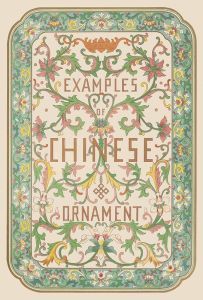
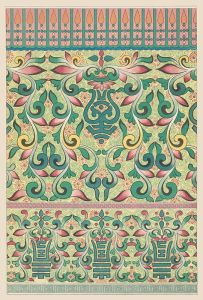
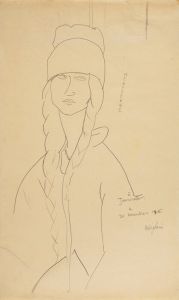
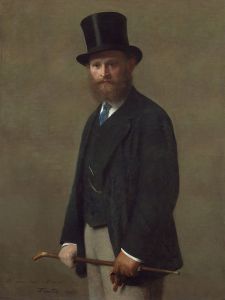
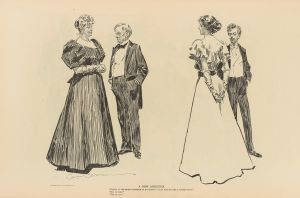
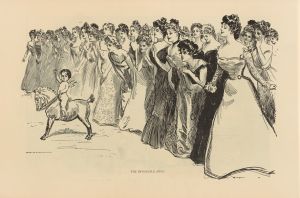
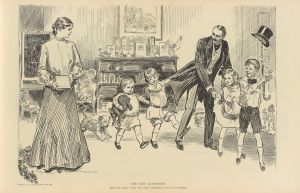
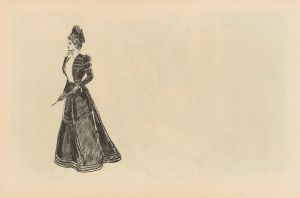
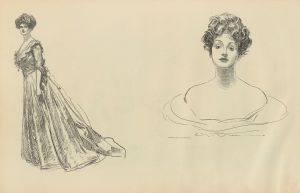
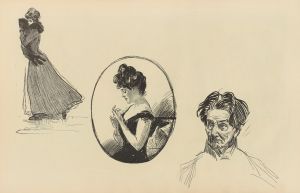
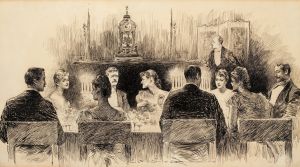
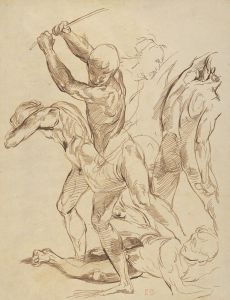
![Designs for staged commercial or trade exhibition displays of coal-fired water heaters and furniture.] [Perspective sketch in orange with rainbow edges](/imgs/249324/s/winold-reiss-designs-for-staged-commercial-or-trade-exhibition-displays-of-coalfired-water-heaters-and-furniture-perspective-sketch-in-orange-with-rainbow-edges-7c407bf3.jpg)
